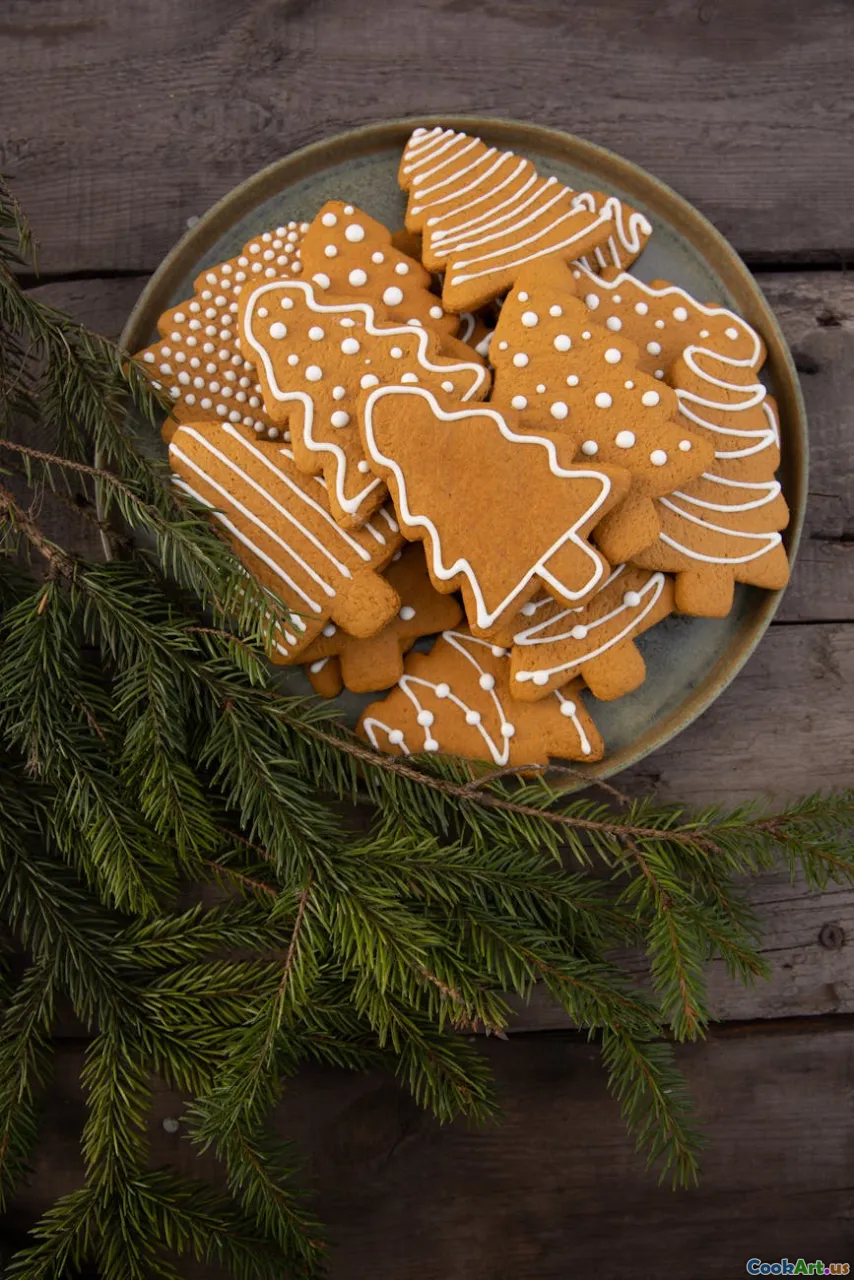Kuswar Sweets in Goan Christmas Festivities
7 min read Discover the rich tapestry of Kuswar sweets that define Goan Christmas celebrations—flavorful, nostalgic, and steeped in tradition. April 25, 2025 01:00
Kuswar Sweets in Goan Christmas Festivities
Imagine a landscape adorned with twinkling lights, the scent of cinnamon and jaggery wafting through the air, and the joyful hum of carols echoing in the background. This is the heart of Goan Christmas—a vibrant tapestry woven with centuries-old traditions, warm camaraderie, and, most deliciously, an array of confections known as Kuswar. These sweets are not merely treats; they are a soulful expression of faith, community, and the unbreakable bonds of family.
The Cultural Tapestry of Goan Christmas
Goa, a jewel on India’s western coast, boasts a unique blend of Portuguese and Indian influences, which is vividly reflected in its Christmas celebrations. Unlike the more commercialized festivities elsewhere, Goan Christmas is deeply rooted in religious devotion and communal harmony. The preparation of Kuswar sweets is a cherished ritual that unites families, transcending generations.
The Origins and Significance of Kuswar
The word Kuswar is derived from the Konkani language, which is spoken by the Goan community. It encompasses a variety of traditional sweets and baked goods prepared specifically for Christmas. Historically, these sweets symbolize abundance, gratitude, and the joy of sharing. They were once made with locally sourced ingredients like coconut, jaggery, cashews, and rice, reflecting Goan agriculture and coastal bounty.
A Medley of Kuswar Sweets: An In-Depth Look
1. Neureos
Imagine delicate, golden crescent-shaped pastries filled with a sweet coconut and jaggery mixture, then fried to perfection. Neureos are perhaps the most iconic Kuswar sweet, often flavored with cardamom and garnished with slivers of cashew nuts. Their crispy exterior gives way to a moist, fragrant filling, offering a perfect balance of texture and flavor.
2. Kulkuls
These are small, curly, deep-fried curls made from a dough of coconut milk, flour, and sugar, flavored with nutmeg or cardamom. Once fried, they are generously coated in sugar syrup, resulting in a crunchy, sweet, and aromatic treat. Kulkuls are a nostalgic favorite, often shared among children and elders alike.
3. Dodol
A rich, sticky toffee-like sweet made from coconut milk, jaggery, and rice flour, cooked slowly until thickened. Its deep caramel hue and chewy texture make it a decadent addition to the Kuswar platter. Dodol’s aroma of roasted coconut and sweet jaggery fills the kitchen as it cooks.
4. Baath or Cashew Fudge
Soft, melt-in-the-mouth squares flavored with cashew nuts and cardamom. The use of locally procured cashews imparts a distinctive flavor that is both nutty and aromatic.
5. Rose Cookies (Achappam)
Though more popular in South India, rose cookies have found their place in Goan Christmas celebrations. These crispy, lace-like cookies are made from a batter of rice flour, eggs, sugar, and coconut milk, fried in hot oil using a special iron mold that gives them their intricate pattern.
6. Kuswar Platter
A traditional Kuswar platter is a colorful mosaic of these sweets, often accompanied by dried fruits and nuts. It’s customary for families to prepare and exchange these treats as a sign of goodwill and festive cheer.
The Art of Making Kuswar
Preparing Kuswar sweets is an art passed down through generations. It involves patience, precision, and a deep understanding of ingredients and techniques.
- Ingredients: Emphasis is placed on natural, locally sourced ingredients—coconuts, jaggery, cashews, rice flour, and aromatic spices.
- Techniques: Many sweets require slow cooking, frying at precise temperatures, or delicate shaping. For example, making Neureos involves filling dough pockets carefully, sealing, and frying until golden.
- Family Involvement: These recipes are often a family affair, with children helping in mixing, shaping, or decorating.
Personal Reflection: The Nostalgia of Kuswar
Growing up in Goa, the aroma of Kuswar baking in the oven or frying on the stove was a sensory memory etched into my heart. My grandmother’s hands would expertly knead the dough, her stories weaving through the process, creating a sense of warmth and tradition. The first bite of a crispy Kulkul or a sweet Neureo would transport me back to those festive mornings, filled with laughter and love.
Modern Twists and Global Appreciation
While traditional Kuswar recipes remain cherished, contemporary bakers and chefs have experimented with new flavors and presentation styles. Vegan versions, gluten-free adaptations, and fusion sweets are gaining popularity, bringing Kuswar to an international audience.
Celebrating Kuswar: A Community Affair
During Christmas, Goan households open their doors to neighbors and friends, sharing platters of Kuswar. Street processions and church festivals feature stalls laden with these sweets, inviting everyone to partake in the joyous spirit of giving.
Conclusion: More Than Just Sweets
Kuswar is a reflection of Goa’s rich cultural tapestry, a testament to the enduring spirit of community, faith, and tradition. These sweets are not merely confections; they are edible stories, passed down through generations, embodying love, hope, and the festive soul of Goa.
So, next time you indulge in a crispy Kulkul or a sticky Dodol, remember—you’re tasting centuries of history, culture, and the warm embrace of Goan Christmas spirit.









